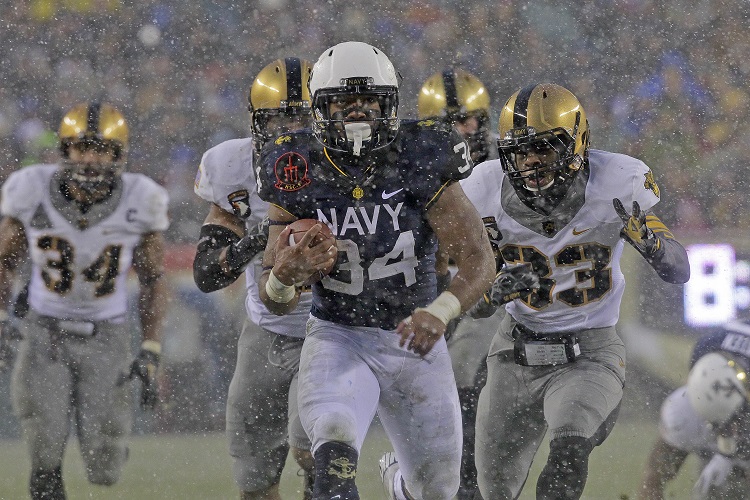
(Getty)
One of the most storied rivalries in all of college football begins a new chapter this Saturday when the Army Black Knights and Navy Midshipmen travel to Baltimore to play for the 115th time.
The game will pit two of the best rushing attacks in college football against one another in a clash of triple-option offenses. For the Black Knights, the game will also be their last of season marking the final opportunity for their Seniors to get a win against their foes in Annapolis. The Naval Midshipmen, however, will be looking to extend their streak of 12 straight wins against Army before heading to the San Diego County Credit Union Poinsettia Bowl against San Diego State.
Beyond this year’s teams, however, stands a wealth of tradition and history unparalleled by any other rivalry in sports.
Here’s what you need to know about the history of the Army-Navy game:
1. The Rivalry Began in 1890, Making it One of the Longest Serving Rivalries in College Football
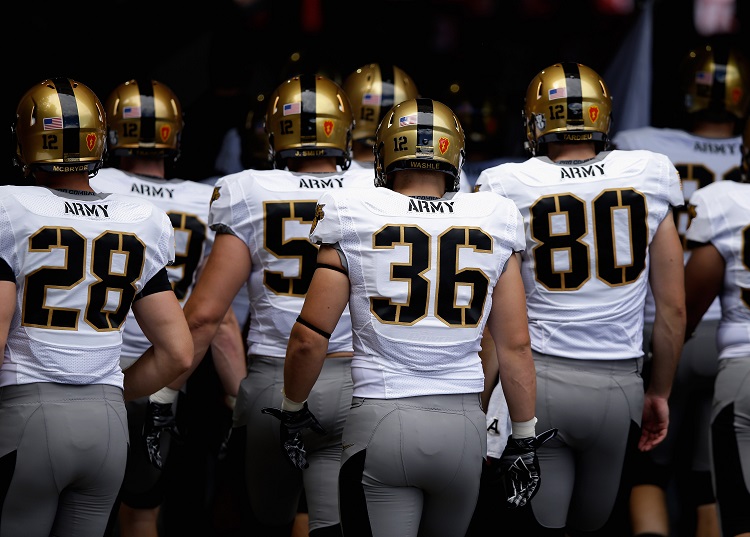
(Getty)
The Black Knights and Midshipmen first met on the gridiron in 1890 after Navy challenged the newly formed Army team to a football match. The game, which Navy won 24-0, was only attended by about 500 people and was held on a corner of the West Point parade ground.
Since that time, the Army-Navy game has become one of the oldest and most revered rivalries in sports, currently standing as the 11th most played series in FBS history. This is despite the fact that the game has been cancelled 10 times for various reasons (some of which we’ll get to further down the list).
2. Navy Has Won the Last 12 in a Row and Leads the All-Time Series
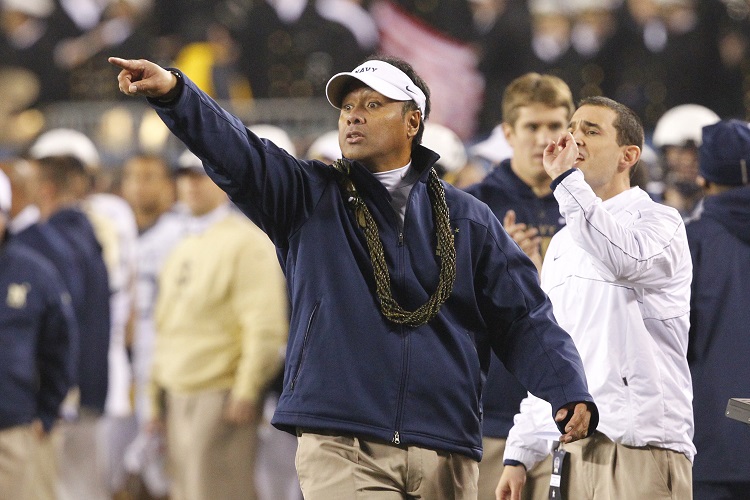
(Getty)
For the first century of the rivalry both teams largely went back and forth keeping the series relatively even. Since Army’s win in 2001, however, Navy has won every game bringing the all-time record to 58-49-7 in Navy’s favor.
Before Navy’s win streak the longest for either team was only 5 games, which was achieved by Navy from 1939-1943 and 1959-1963, and Army from 1992-1996.
3. The Rivalry Was Discontinued for Five Years Due to an Argument Between an Army Brigadier General and Navy Rear Admiral

(Getty)
One of the most interesting stories stemming from the Army-Navy rivalry is that of the game in 1893, when things reached a boiling point following a 6-4 Navy win ultimately culminating in a duel between an Army brigadier general and a retired Navy rear admiral.
Although the duel never actually took place, it was enough for the game to be cancelled for the next six years by then Secretary of War Daniel S. Lamont who issued a general order that each team could only play games at their own field.
The game was eventually renewed in 1899 under President William McKinley who decided the game could be played at a neutral location.
4. The 1926 Game Was Supposed to Serve as the National Championship, But Ended in a Tie
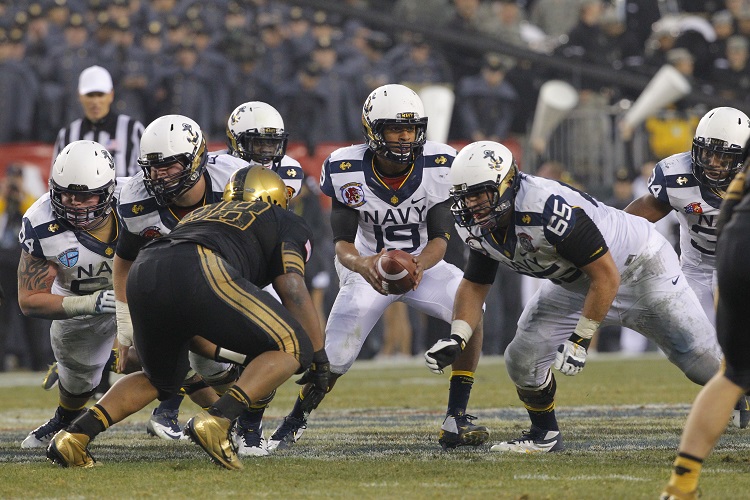
(Getty)
Army and Navy may not be big football powers now, but at one point each led one of the best football programs in the nation. This included the 1926 season when both teams came in to the game unbeaten (although Army had tied Notre Dame earlier in the season) to play for the national championship.
The game ended in a 21-21 tie making Navy became the national champion.
In the coming years, however, Army would get their revenge as they beat Navy in 1944 and 1945 to become national champions both years.
5. The President has Attended Every Game Since Theodore Roosevelt Made it a Tradition in 1901
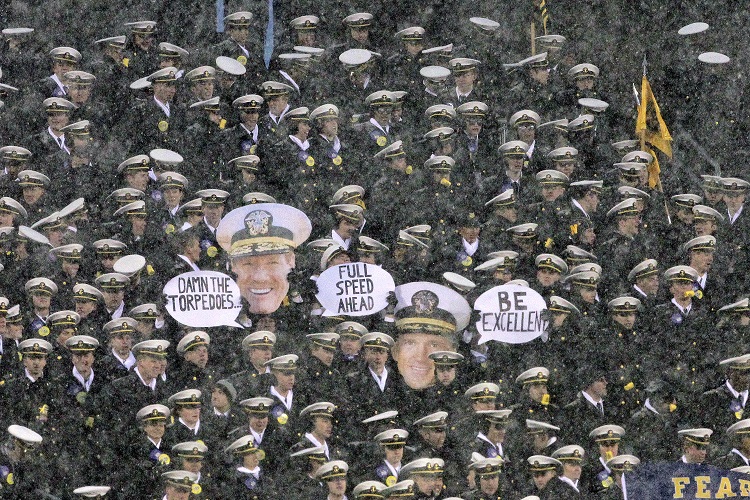
(Getty)
After William McKinley’s assassination in 1901, Theodore Roosevelt became President and promptly attended the Army-Navy game switching sides at half-time to avoid showing any allegiance to one side. Since that day it’s become customary for the President to attend the Army-Navy game every year.
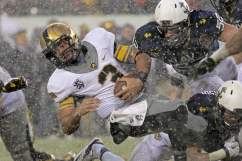
Comments
Army vs. Navy Game 2014: 5 Fast Facts You Need to Know